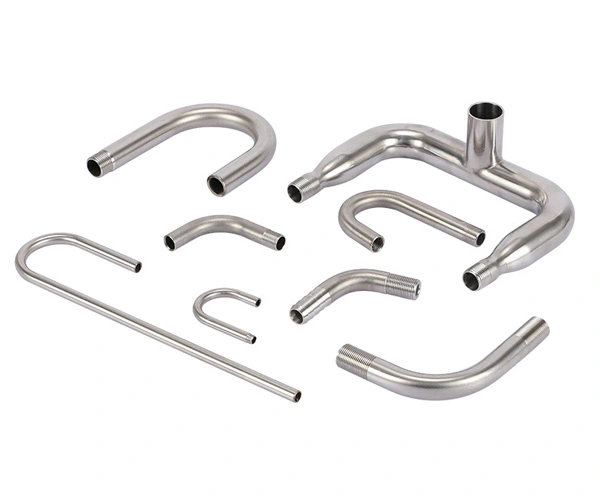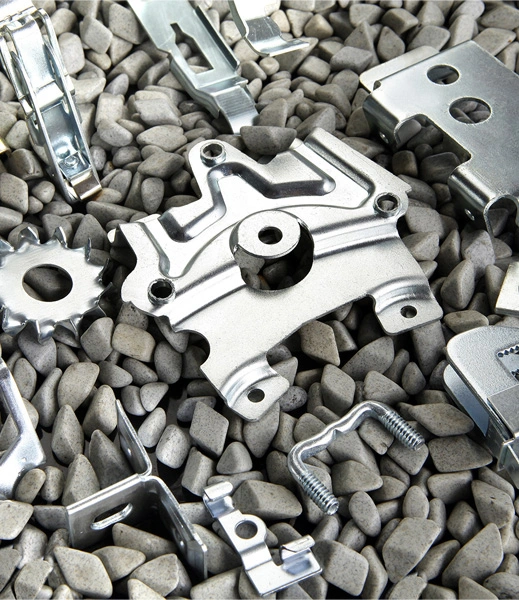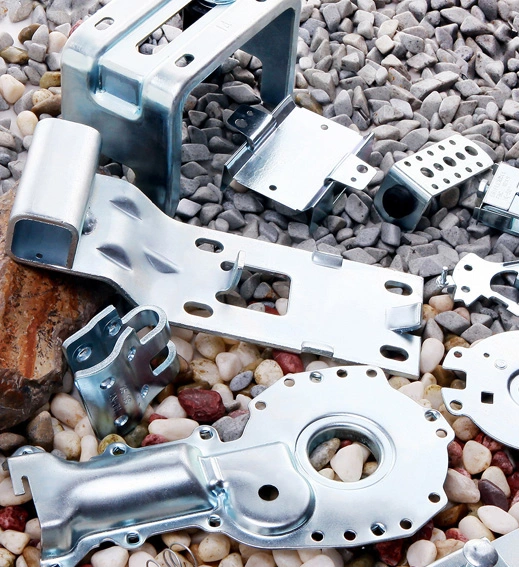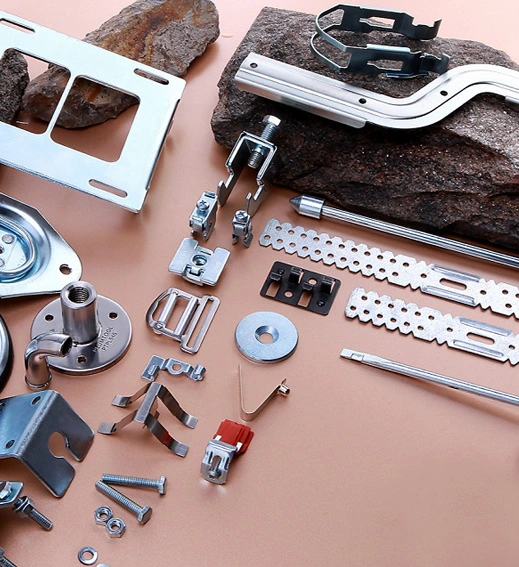


Material: SS304 SS316
Surface: polished
Customized Size
Tolerance: ±0.005inch
U-shaped bend pipe single and double threaded stainless steel bend pipe coil pipe irregular snake shaped multi specification bend pipe bending processing
Bends and bends are commonly used pipeline components. Do you know about the bending process of bends? Bending processing is a method of further improving its performance advantages after production. The processed bent pipe has a longer service life and a wider range of applications. The following is a detailed description of its process and methods.
1. Technology
Roll bending: The pipe is bent using three rolls, with roll 3 being the driving wheel and the other two being the driven wheels. During the bending process, only the distance between the active roller and the driven roller can be changed to achieve various curvature radii of bending, which has certain requirements for the bending radius. Suitable for curved rings or spiral fittings and thick walled fittings with large curvature radii.
Bending: The mold is used to bend the billet on a hydraulic press. Used to make pipe fittings or bends have straight segments, etc.
Winding:
(1) Manual bending: low manufacturing cost and simple equipment. This method is easy to adjust and use, mainly used in small batch production situations.
(2) Bending of pipe bending machine: According to whether there is a core shaft, it is divided into core bending and non core bending.
2. Method
Stamping method: Use the conical core on the punch to expand the pipe end to the desired size and shape.
Roller pressing method: Place the core into the cylinder. Push the outer wheel to process the rounded edges.
Balloon method:
(1) Put the rubber into the pipeline and use a punch to press the upper part to make the pipeline protrude into shape.
(2) Hydraulic bulging involves filling the middle of a pipeline with liquid to expand it into the desired shape. Most corrugated pipes are produced using this method.
4. Rolling method: Generally without a core rod, suitable for the inner edge of thick walled pipes.
5. Forging method: Use a die forging machine to extend the pipe end or part to reduce the outer diameter of the pipe fitting. Common forgings include rotary, connecting rod, and roller types.
6. Bending forming method: It can be divided into stretching method, stamping method, and rolling method, including 3-4 rollers, 2 fixed rollers, 1 adjusting roller, adjusting roller spacing, and finished pipe bending.
Unlike straight pipes, curved pipes have more functions due to their curved shape. To meet demand, manufacturers often process different types of pipes to improve their quality.



